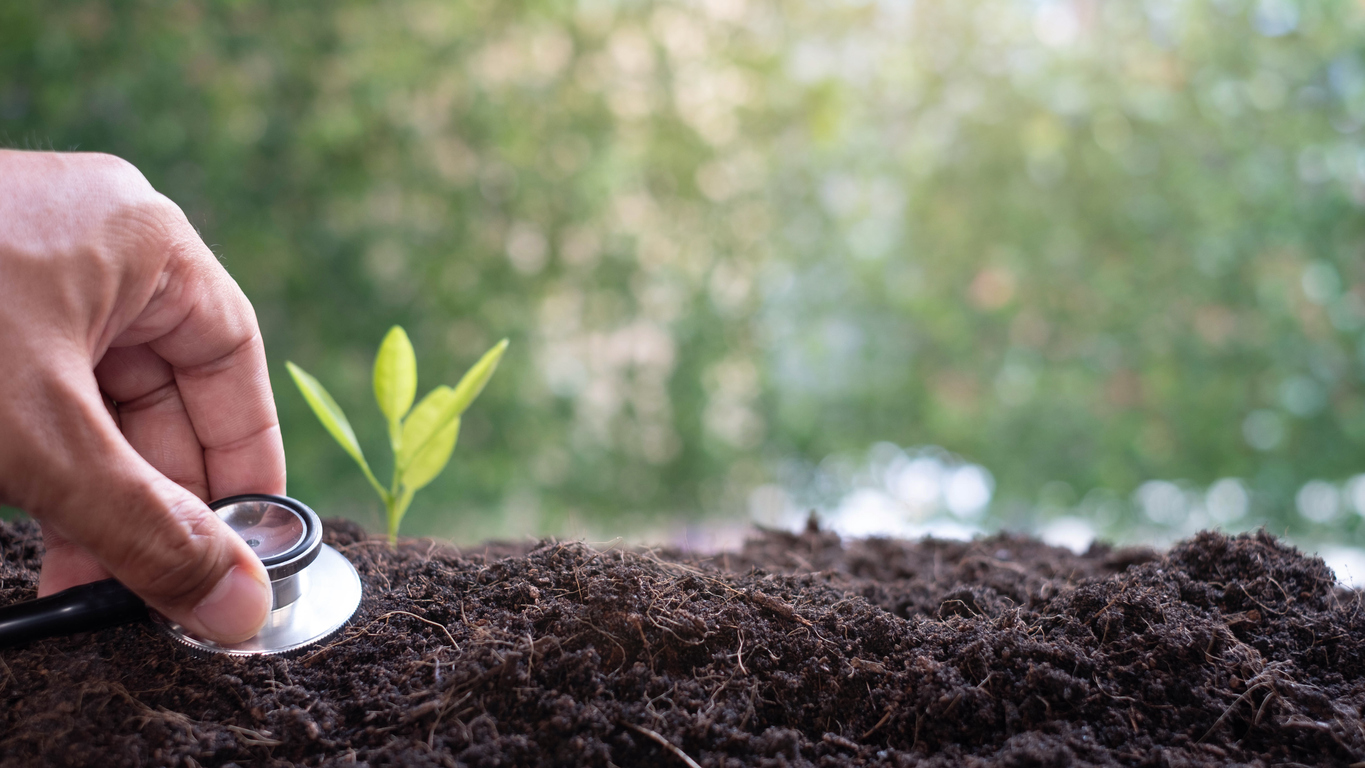Healthy Plants Produce Healthy Soils

Spring is a time for new growth by plants, animals, and microbes. As temperatures warm, microbial populations double with every ten degrees Fahrenheit increase in soil temperature. As days get longer, the sun’s energy is captured by plants and that energy feeds microbes and almost all living organisms on earth. Keeping ourselves well fed depends not only on the sun’s energy but also having healthy microbes, healthy plants, and healthy soils recycling soil nutrients. When plants are healthy, they transmit more energy into the soil in the form of root exudates and sugars to feed the microbes. Unhealthy plants do the opposite which means soils become unhealthy. In a typical unhealthy soil, plants are operating at about 15-20% of optimum photosynthesis efficiency so they are putting less energy in the form of sugars into the soil, the microbial population is lower and less diverse, which results in inefficient mineral uptake. Unhealthy plants and soils then tend to have more insect problem...


